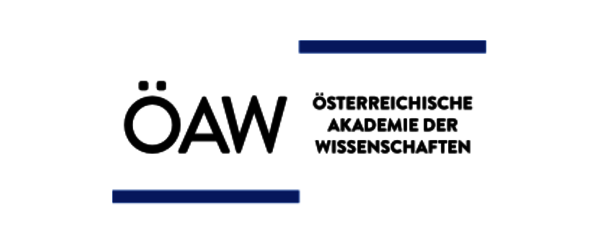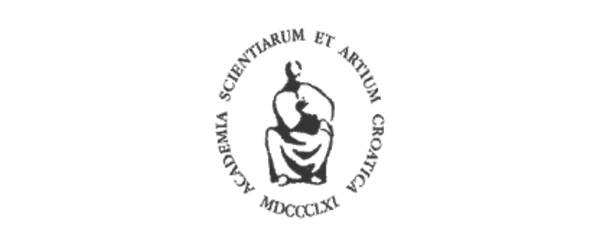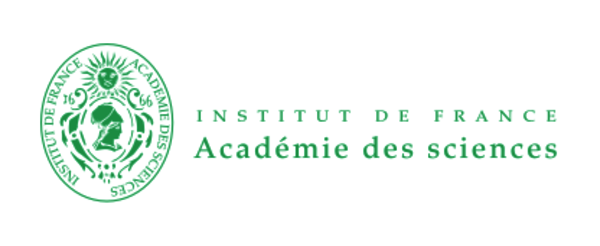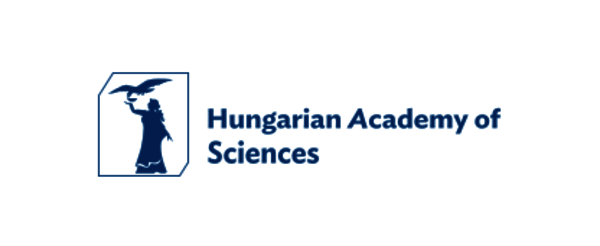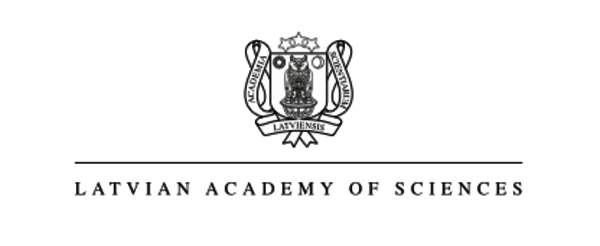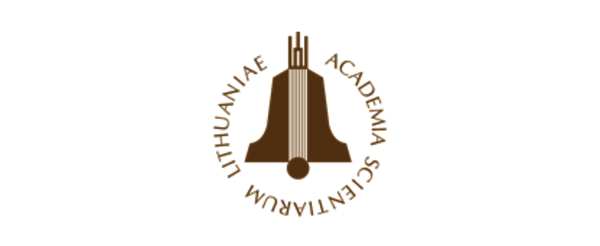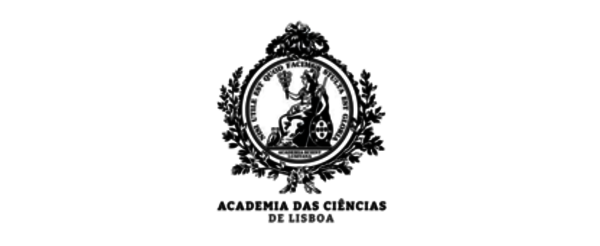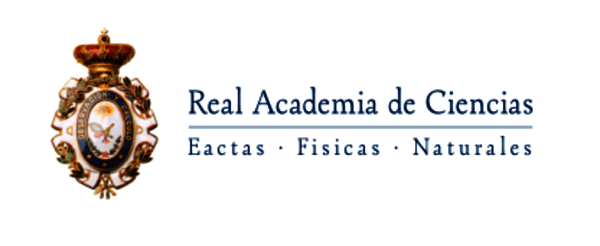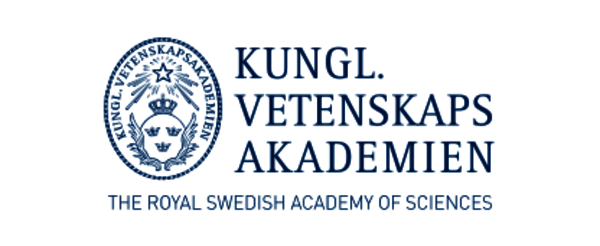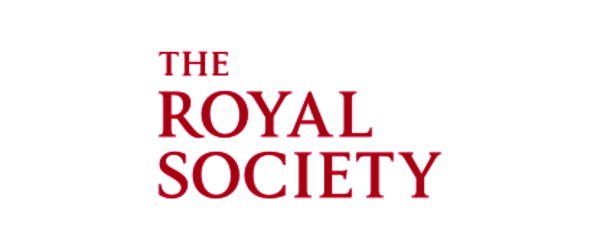News & Academies' activities
Science community can help target “loss and damage” funding for the most vulnerable to climate change
- More focus on science-based solutions for loss and damage mechanisms as well as for equitable health adaptation and mitigation needed
- Scientific and health communities to help devise strategies for the most vulnerable
- Momentum from COP28 to be integrated in other global fora, i.e. G20 and work on SDGs
13 December 2023 – The European Academies’ Science Advisory Council (EASAC) welcomes efforts undertaken at COP-28 to address the critical intersection of climate change and human health during the first-ever Health Day at a UNFCCC COP. “We commend the commitment to advancing climate-resilient development and strengthening health systems for the well-being of present and future generations made by the COP-28 Declaration on Climate and Health”, says Professor Bert Rima, co-chair of EASAC’s Bioscience and Public Health Steering Panel. “But at the same time, there is a clear need to better use scientific evidence to inform policy options and prioritise solutions for health adaptation and mitigation with health co-benefits.”
While COP28 may be remembered for the agreement to transition away from fossil fuels, earlier COP28 commitments on loss and damage initiatives and climate change and health priorities also hold the potential for lasting impact.
Capital alone, although essential, does not resolve the challenges facing the most vulnerable: its mobilization requires building the knowledge base.
EASAC welcomes the new commitments made by EU e.g. in helping to lead the loss and damage mechanism and in incorporating climate and health targets in European Global Health Strategy. The grouping of European Science Academies notes, however, that there is also now a role and responsibility for science and health communities to help in targeting loss and damage funding to the most vulnerable.
“Funding alone will not be sufficient to resolve the challenges associated with losses and damages. Research and data will be essential to devise solutions that can protect and promote human health and health equity in the face of extreme weather events but also sea-level rise, increasing temperatures and resulting wildfires, and loss of biodiversity”, explains Dr. Rosa Castro, incoming Director of EASAC’s Bioscience and Public Health Programme. “It is important to think about impact both in economic and social terms. Academies and their networks in all world regions can help devising strategies, timing, and eligibility criteria needed to achieve these goals and target local science-based solutions.“
More focus on health issues required
Momentum from COP-28 also needs to be integrated with other global policy developments e.g. on SDGs and the activities of other global policy groups e.g. G20. In particular, EASAC calls for more emphasis on:
- Emphasizing health impact assessment in strategies. Explicit inclusion of health impact assessments in all climate change adaptation and mitigation strategies at national and regional levels would strengthen the effectiveness of those strategies.
- Including specific mitigation actions with direct health co-benefits. Mitigation actions with direct health co-benefits (e.g., reduced air pollution) can further help countries in their efforts to simultaneously address climate change and promote public health.
- Monitoring and evaluation of climate finance. Further emphasis on monitoring efforts related to health-related initiatives will be critical for assessing the efficiency, effectiveness and cost-benefits of climate finance of adaptation solutions in achieving positive health outcomes and climate justice.
- Adopting national decarbonization targets and procurement standards in the health sector. Specific national action plans for the health sector would contribute significantly to reducing GHG emissions from the health sector and complement actions in other sectors delivering health co-benefits. For example, additional health and wellbeing benefits such as better indoor air quality, increased access to daylight, and protection against overheating can also be gained from energy-efficient building renovations (those aimed at reducing GHG emissions).
References:
- EASAC, 2019 https://easac.eu/fileadmin/PDF_s/reports_statements/Climate_Change_and_Health/EASAC_CCH_Main_Report_WEB_2August.pdf
- EASAC, 2021 https://easac.eu/publications/details/decarbonisation-of-buildings-for-climate-health-and-jobs
- Interacademy Partnership, IAP, 2022 global report https://www.interacademies.org/publication/health-climate-emergency-global-perspective).
- A funding mosaic for loss and damage https://www.science.org/doi/10.1126/science.adg5740
Contact:
Rosa Castro Director Biosciences and Health Programme +32 493886646
| General enquiries: Sabine Froning EASAC Communication / Communication Works +49 15208727000 |





